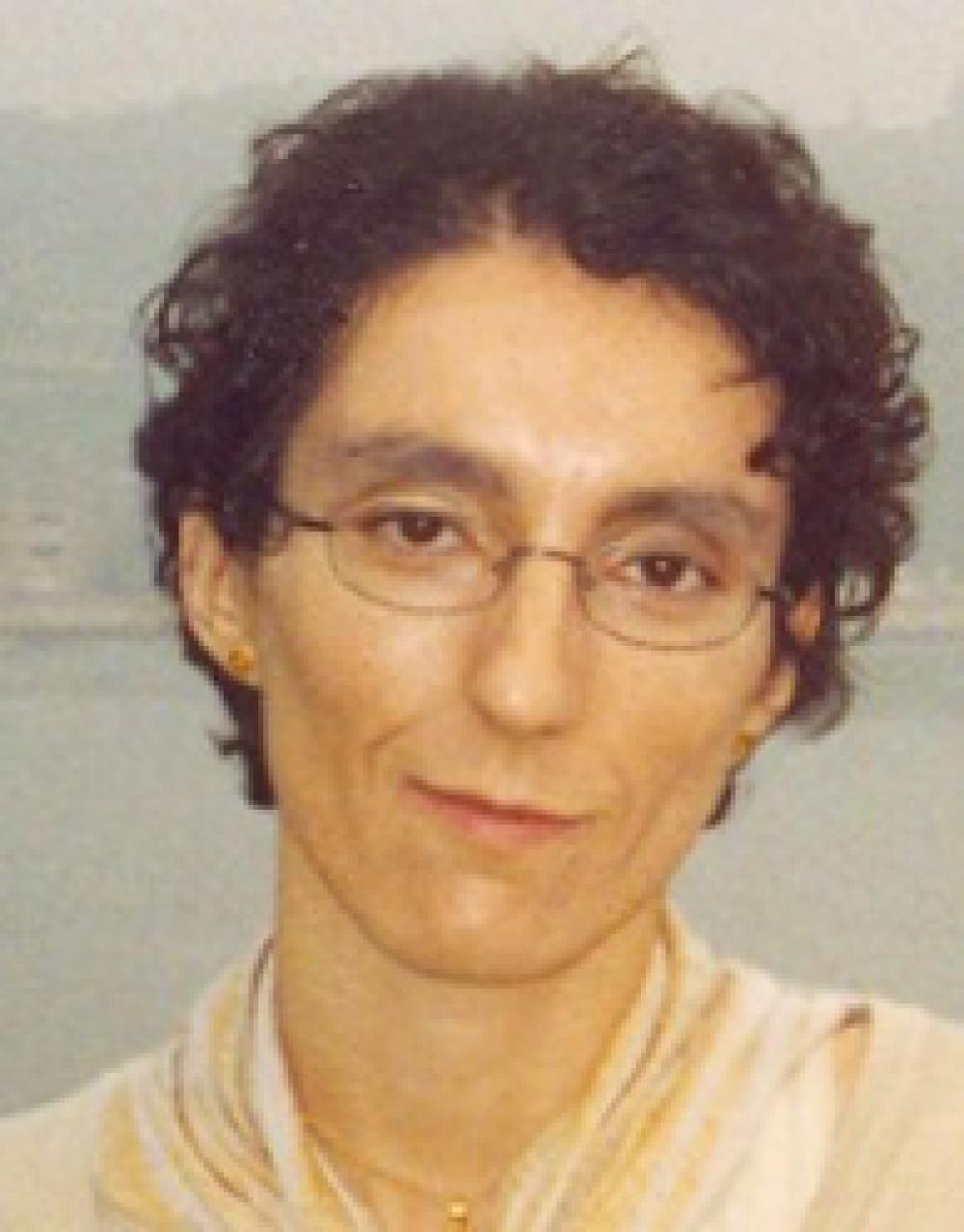Abstract: The study of configurations where the orbital motions are in synchrony (resonances) is important to understand the formation and evolution of the solar-system and other planetary systems. In particular, dissipative forces acting on small bodies (e.g. gas drag in early stages of the planetary system) cause slow orbital decay until capture in a resonance with a planet occurs. Previous studies of capture in resonance have been restricted to coplanar or nearly coplanar configurations. However, small bodies can have orbits which are significantly inclined with respect to the planet's orbital plane. I will present results of simulations of resonance capture in a three-dimensional model which includes prograde and retrograde orbits (respectively, inclined by less or more than 90 degrees with respect to the planet's orbit). I will show that the probability of capture in resonance has a strong dependence on inclination. In particular, retrograde orbits are more likely to be captured in resonance than prograde orbits. This study has been published in Namouni & Morais, MNRAS, 446, 1998–2009, 2015.
Resonance capture in 3d
Next Seminar
How much can gravitons be squeezed?
Next Journal Club
Discussion of the paper "A Black Hole is Born: 3D GRMHD Simulation of Black Hole Formation from Core-Collapse", by Goni Halevi al.
Black Hole Workshops
Next workshop:
XVIII Black Holes Workshop, Lisbon, 2025
18-19 December 2025
Previous workshops in the series:
I Black Holes Workshop, Porto, 2008
II Black Holes Workshop, Lisbon, 2009
III Black Holes Workshop, Minho, 2010
IV Black Holes Workshop, Aveiro, 2011
V Black Holes Workshop, Lisbon, 2012
VI Black Holes Workshop, Minho 2013
VII Black Holes Workshop, Aveiro 2014
VIII Black Holes Workshop, Lisbon 2015
IX Black Holes Workshop, Minho 2016
X Black Holes Workshop, Aveiro 2017
XI Black Holes Workshop, Lisbon, 2018
XII Black Holes Workshop, Minho, 2019
XIII Black Holes Workshop, Lisbon, 2020
XIV Black Holes Workshop, Aveiro, 2021
XV Black Holes Workshop, Lisbon, 2022
XVI Black Holes Workshop, Porto, 2023
XVII Black Holes Workshop, Aveiro, 2024
Numerical data
NewFunFICO network
Our group coordinates the Marie Sklodowska Curie Staff Exchange NewFunFiCO network (Jan 2023- Dec 2026)
More info here
FunFiCO Network
Our group coordinates the Marie Curie RISE FunFiCO network (Dec 2017- Dec 2023)
More info here
EuCAPT Consortium
GWVerse COST
StronGrHEP Network
Our group was part of the RISE StronGrHEP network (2016-2019)
Meetings:
Paris, 12-13 May 2016
Azores, 3-8 July 2017
Osaka, 4-8 September 2017
NRHEP Network Meetings
Our group coordinated the "Numerical Relativity and High Energy Physics" IRSES network (2012-2015). Here is a list of the global network meetings organized:
First Meeting:
9-13 July 2012, Aveiro, Portugal
Second Meeting:
11-14 March 2013, Lisbon, Portugal
Third Meeting:
6-10 January 2014, Mississippi, USA
Fourth Meeting:
7-10 July 2015, Rome, Italy
Fifth Meeting:
28 Sep-2 Oct 2015, Belém, Brazil
Ph.D. and Post-doctoral opportunities
Contact us If you are interested in pursuing graduate studies/research in our group.
Information for prospective Ph.D. students can be found here.
Past Ph.D. theses from our group can be found here.
Working as a researcher in Portugal - a quick guide.
Good Research Practices for New PhD students - a quick guide.
